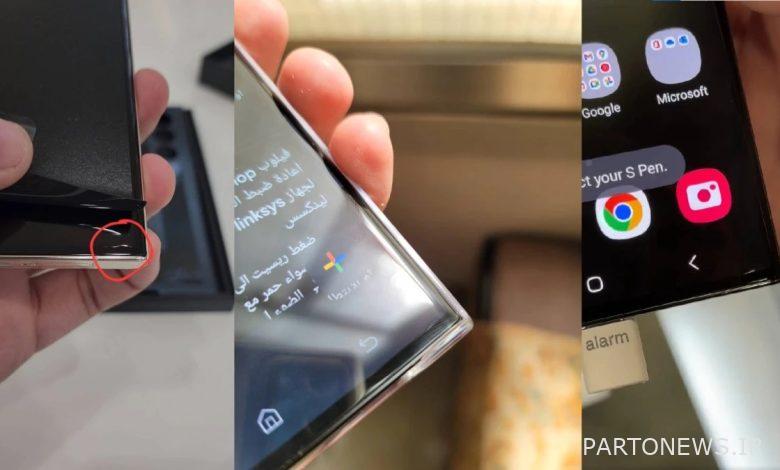Users say about Galaxy S23 display problem; Samsung: No problem

A number of Galaxy S23 Ultra buyers who have received this phone say that the corners of the screen seem to have some kind of hardware problem. However, in response to these reports, Samsung has claimed that there is no problem in the production of the devices and that these phones are not defective.
Many users on different sites including reddit, twitter And Samsung Forum They have reported something similar to the deformation of the Galaxy S23 Ultra screen. Users say that if you hold this phone under the light, you can see at the bottom of the screen Right or left corners Or see both sides of the problem in connecting the display to the frame next to it.
People who paid at least $1,200 for this powerful flagship assumed that this problem occurred in Samsung’s production line and that poor quality control failed to detect it. As a result, now some of these devices have reached buyers.
Samsung denied the existence of a technical problem in the Galaxy S23 display
In response to these reports, Samsung’s UK branch account tweeted that there are no problems with the phones and that the devices are not defective: “The display of the Galaxy S23 has multiple layers of glass stacked on top of each other and directly attached to the display panel. in order to Prevent water and dust from entering Inside the body, these layers are pressed together.”
The Samsung account further reassured users with this message: “If you shine a strong light on the screen, some parts will look bumpy and compressed. This happens due to compression to make it resistant to water and dust. This is not a hardware problem; Your phone completely Healthy Is.”
So it seems that users are over-obsessed and what may be seen with the help of strong light in the corners of the screen, does not matter in the performance of the screen. Apparently, Samsung has long adopted this method of producing displays, and already a page has provided to explain this issue on its website.

